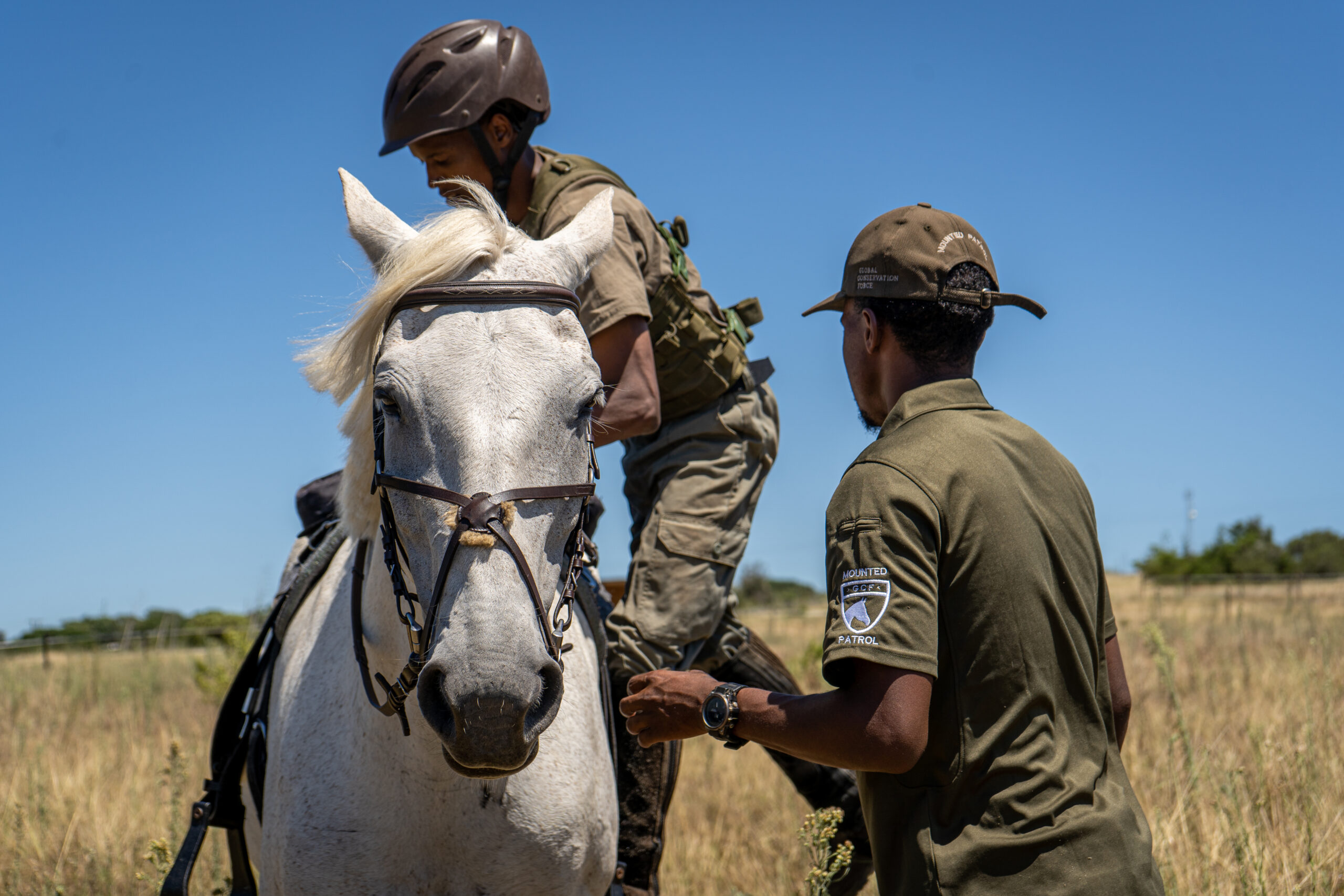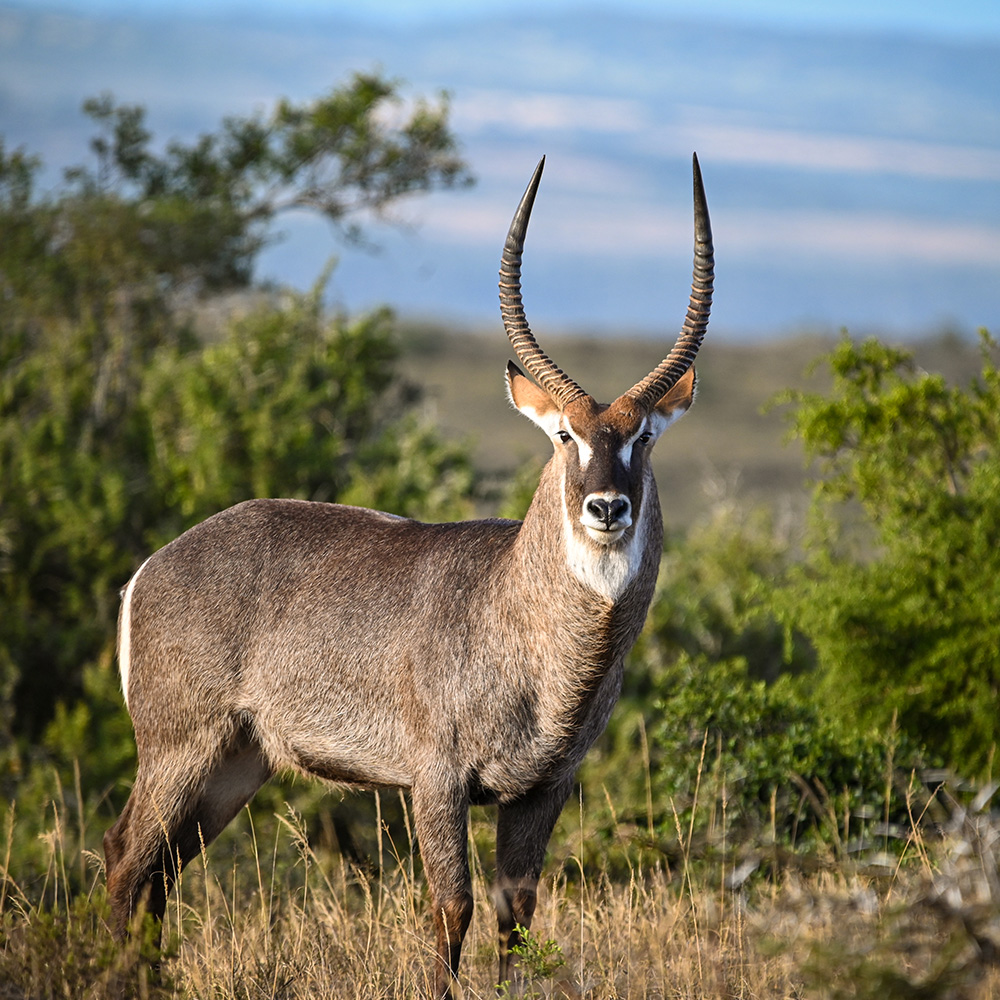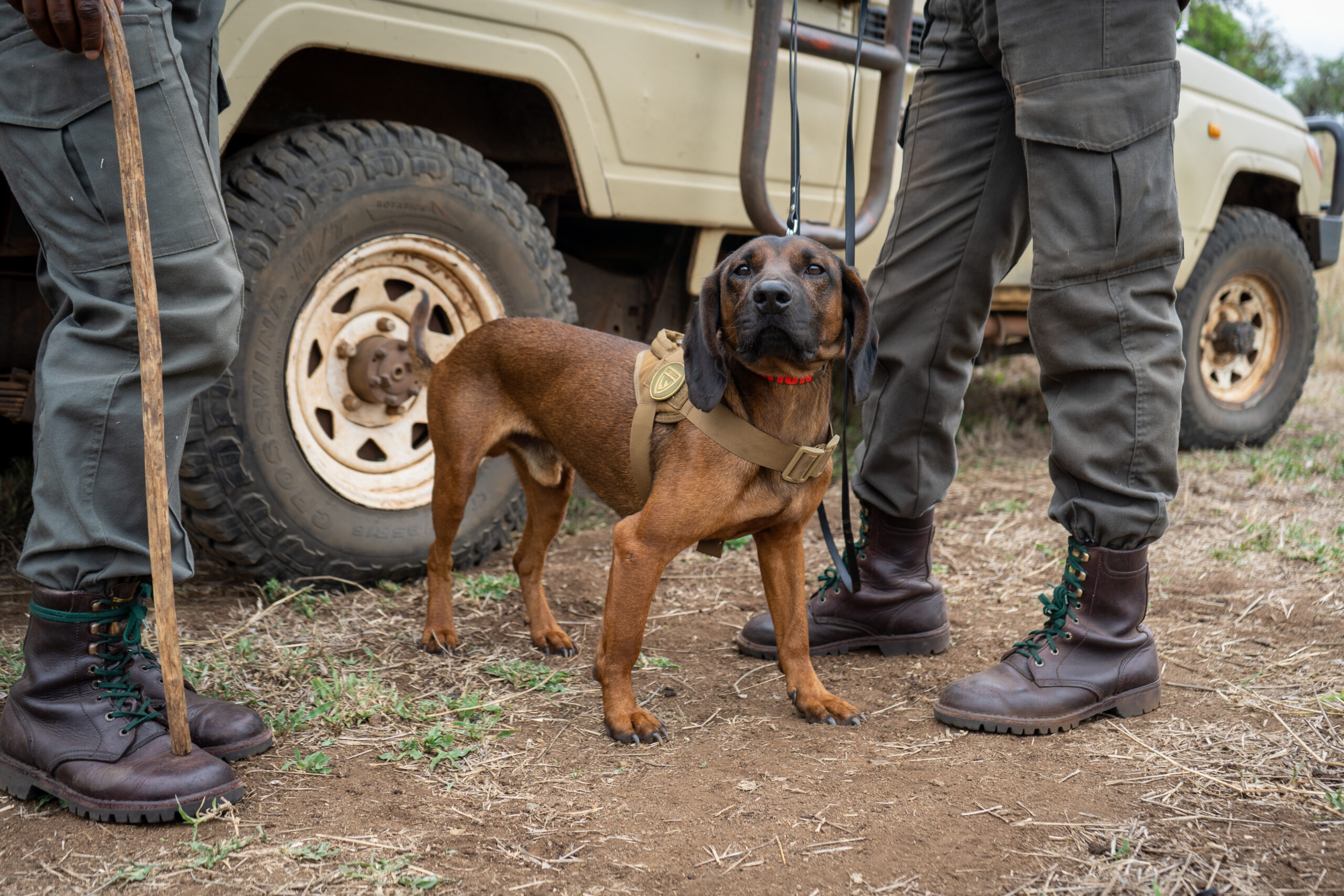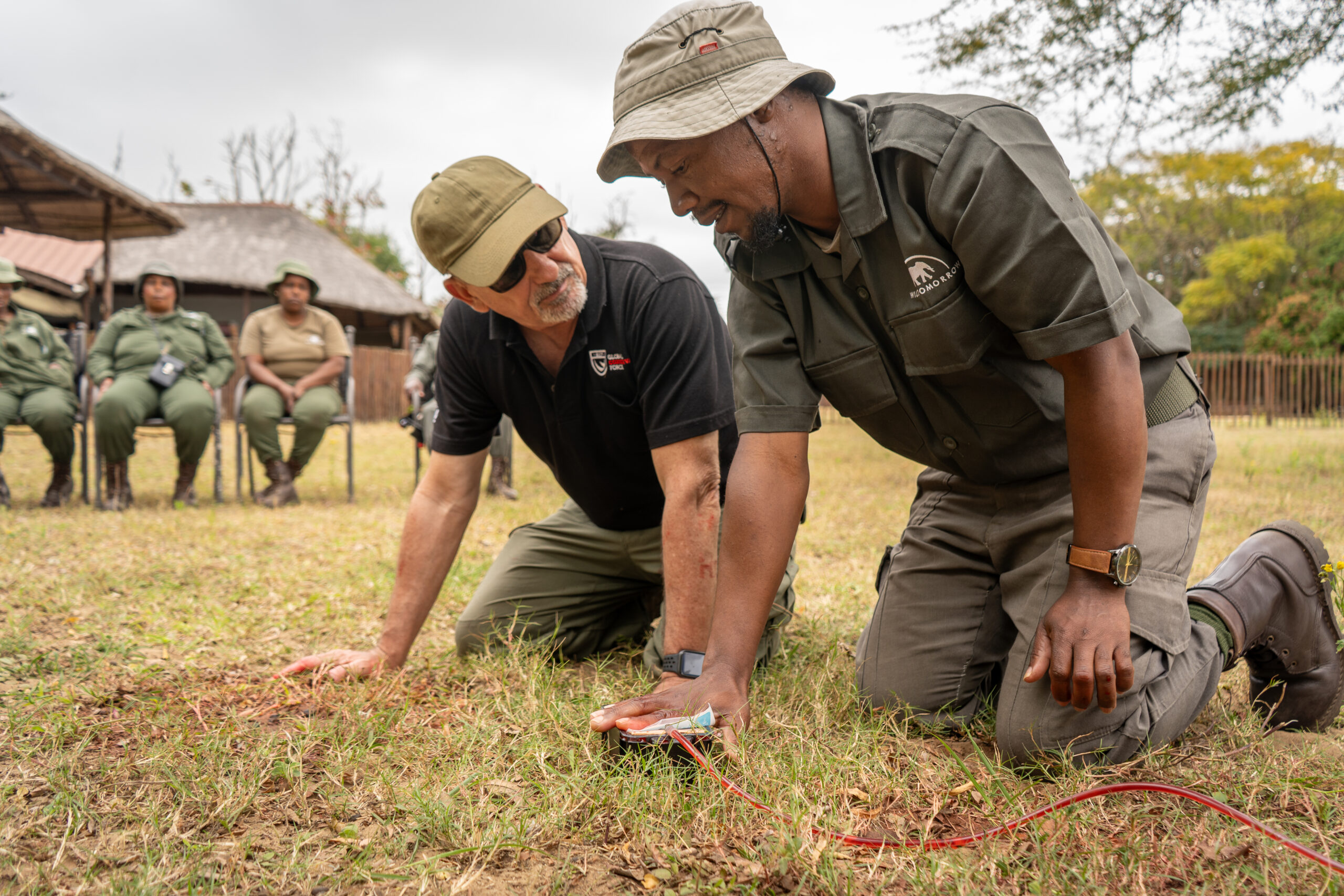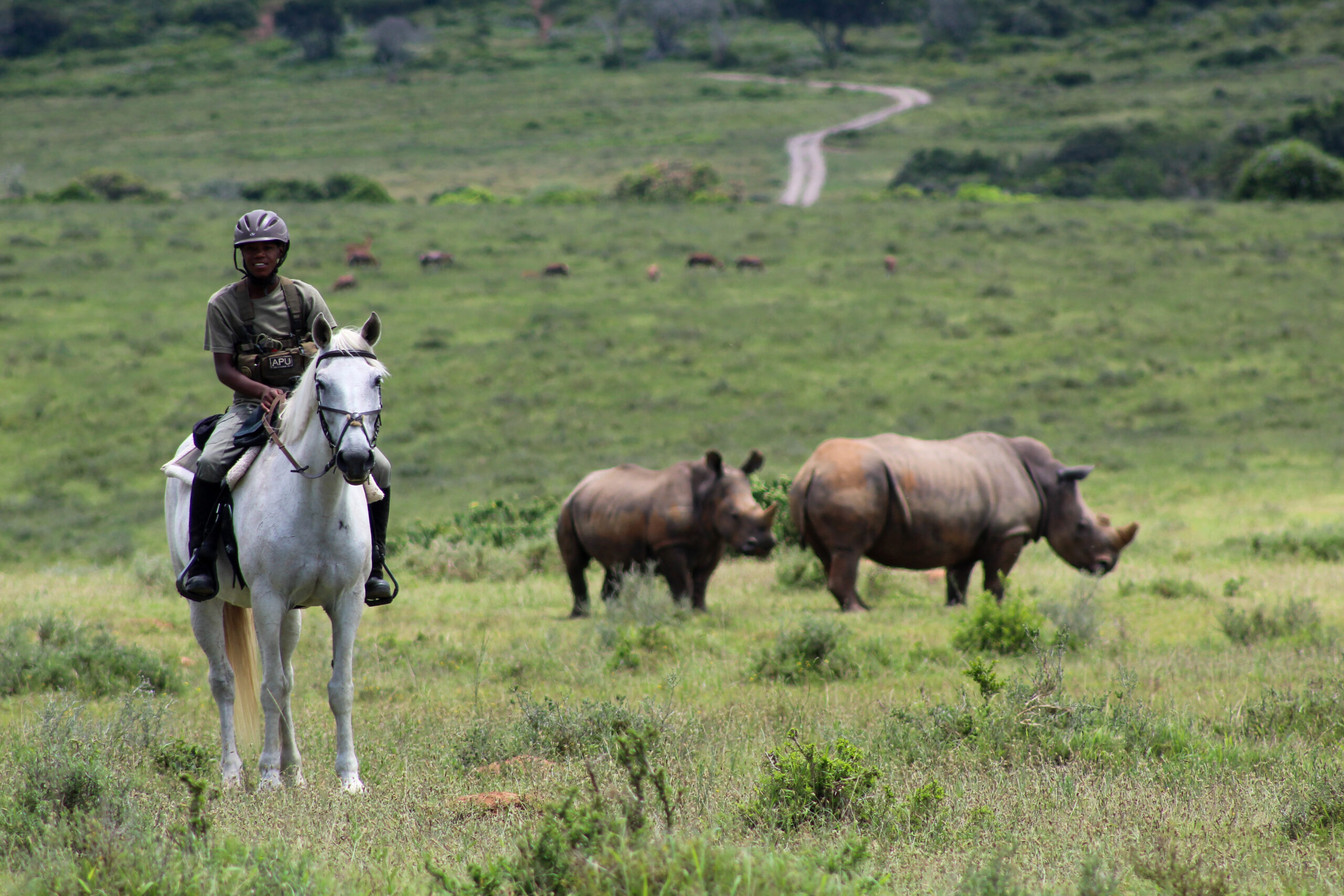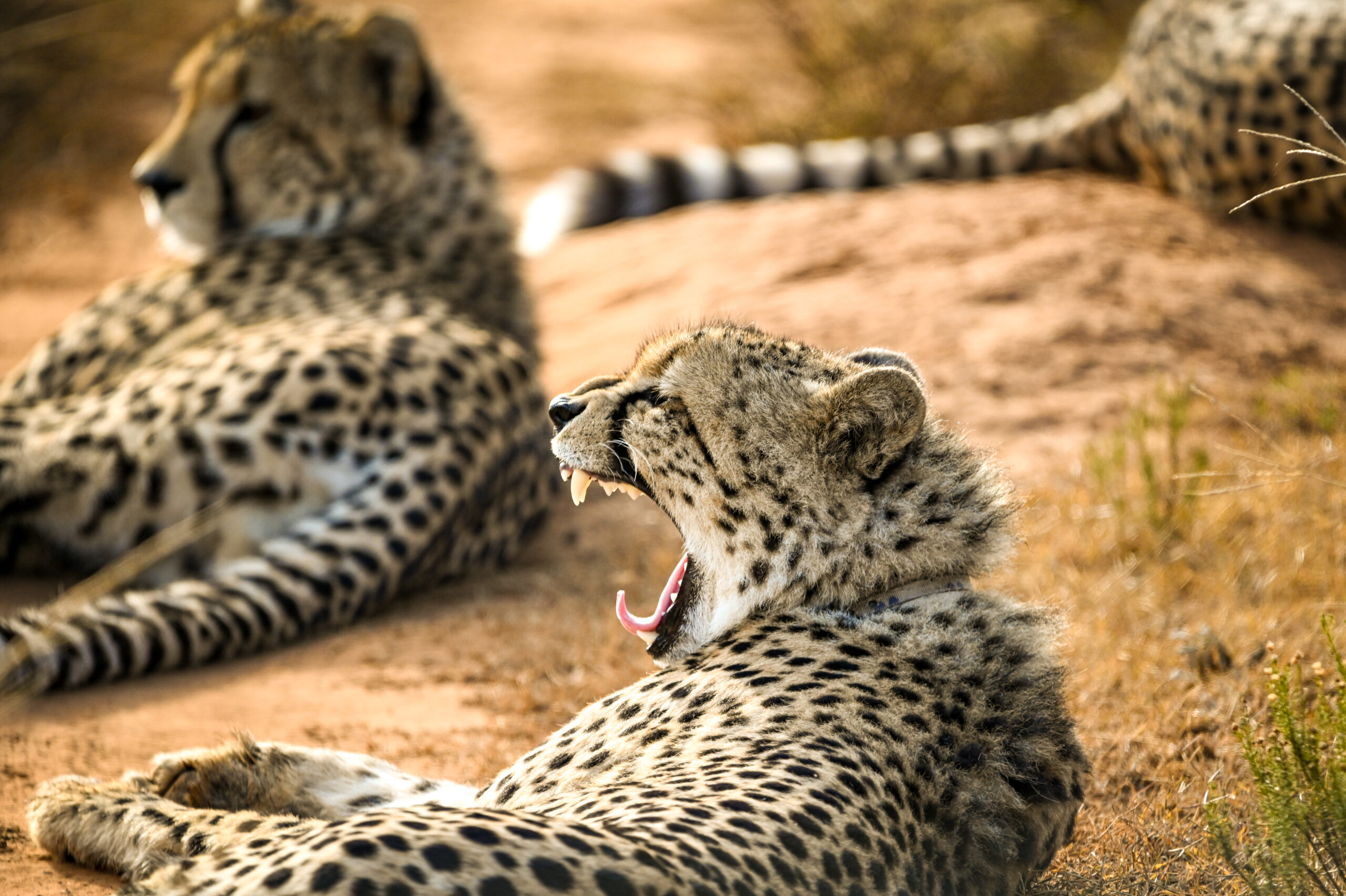Global Conservation Force is working with the Saiga Conservation Alliance to help protect the saiga antelope in the Stepnoi Reserve in Kalmykia, Russia, and the Saigachy Reserve in Karakalpakstan, Uzbekistan. The reserve is 7,000 square kilometers with primarily flat land and short shrubs. This habitat is home to many unique species, including the migratory saiga antelope. There is currently a ranger team in place to oversee the animals, however their reach is somewhat limited due to fuel budgets.
The current strategic plan for reduction of poaching is to support the local communities with education outreach projects, and the rangers protecting the saiga antelope with added funds to the emergency fuel budget. Global Conservation Force’s aims to reduce demand by assisting with the expansion of education outreach in the saiga range countries, and abroad, and pursuing wildlife trafficking issues where rhino horn trade, ivory, and saiga horn trade overlap.

